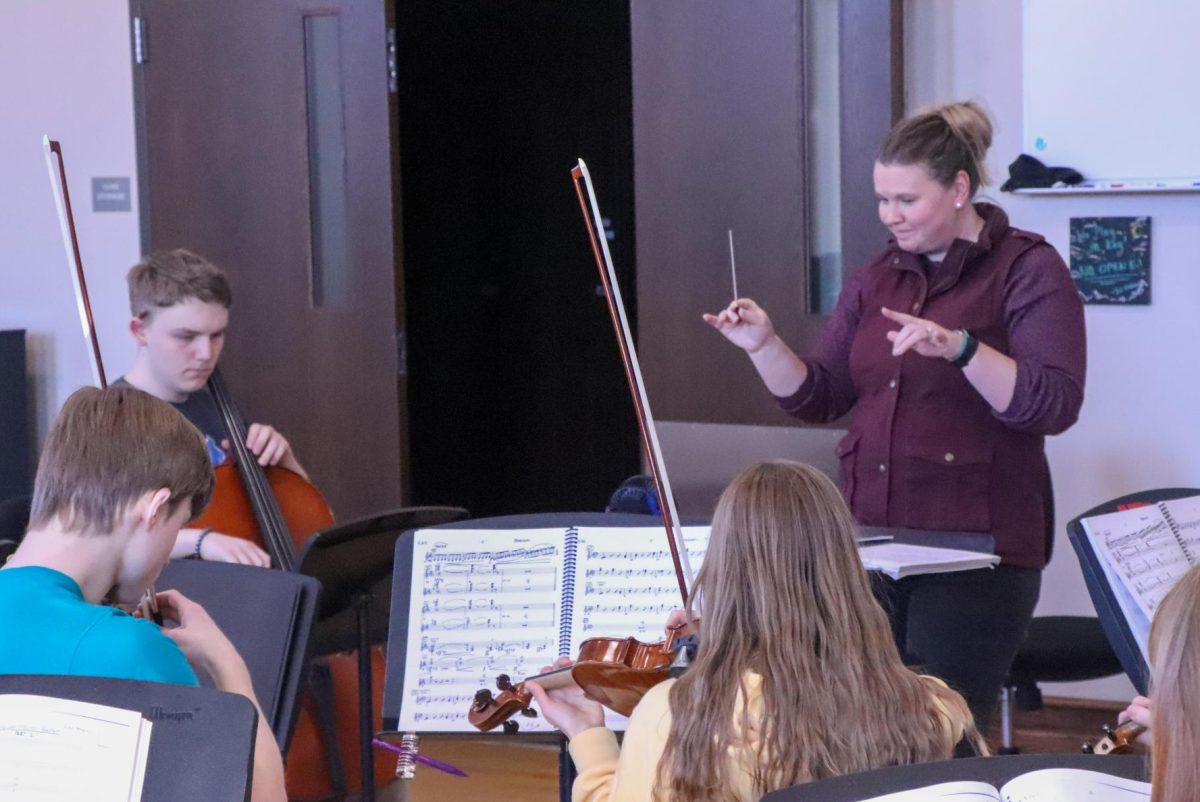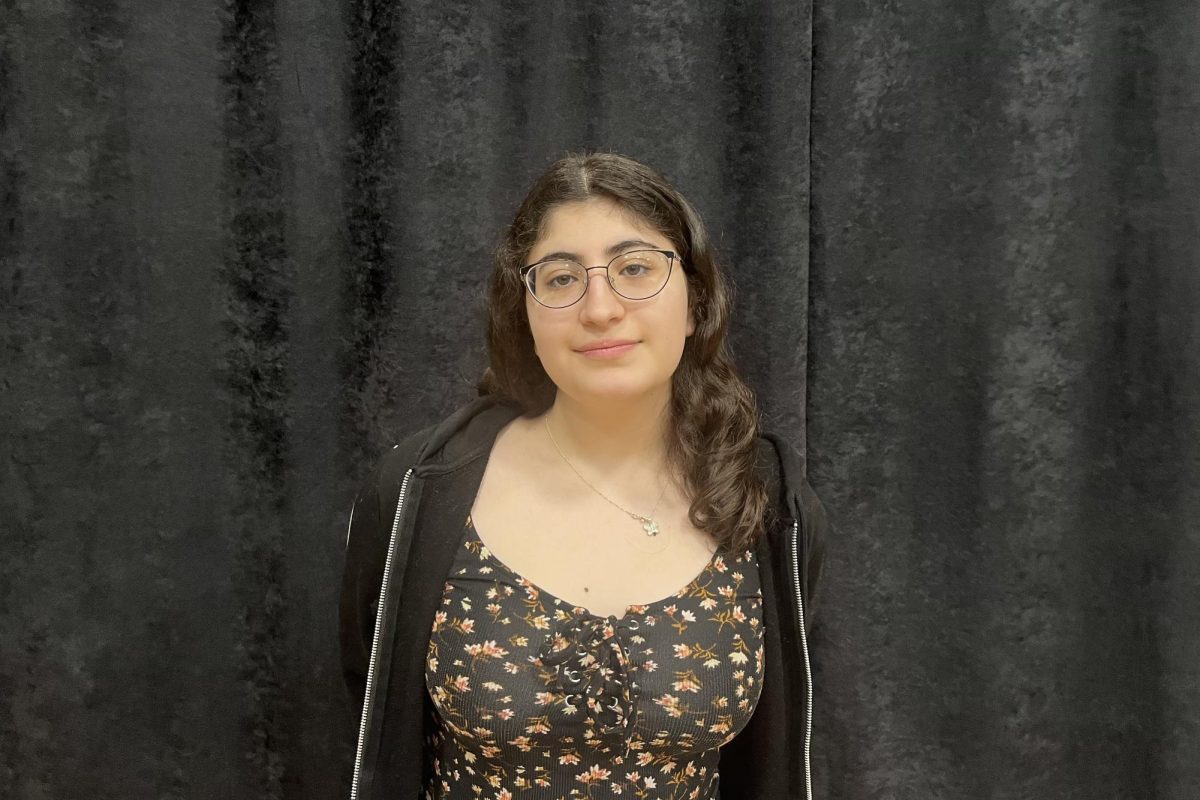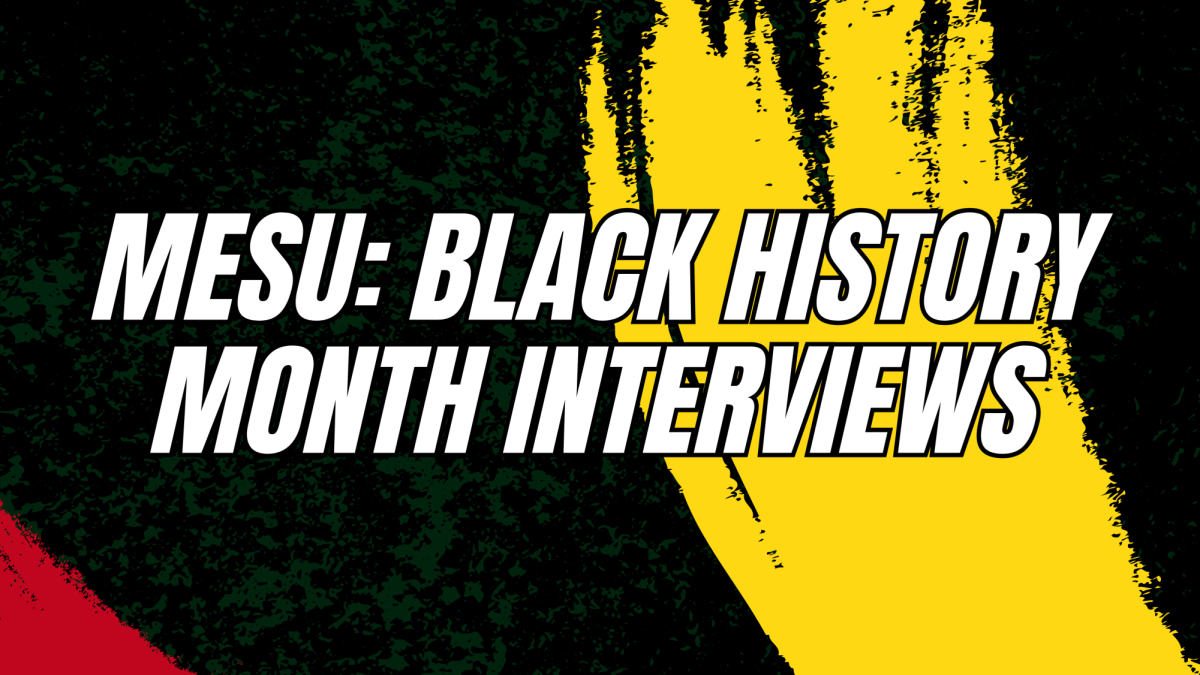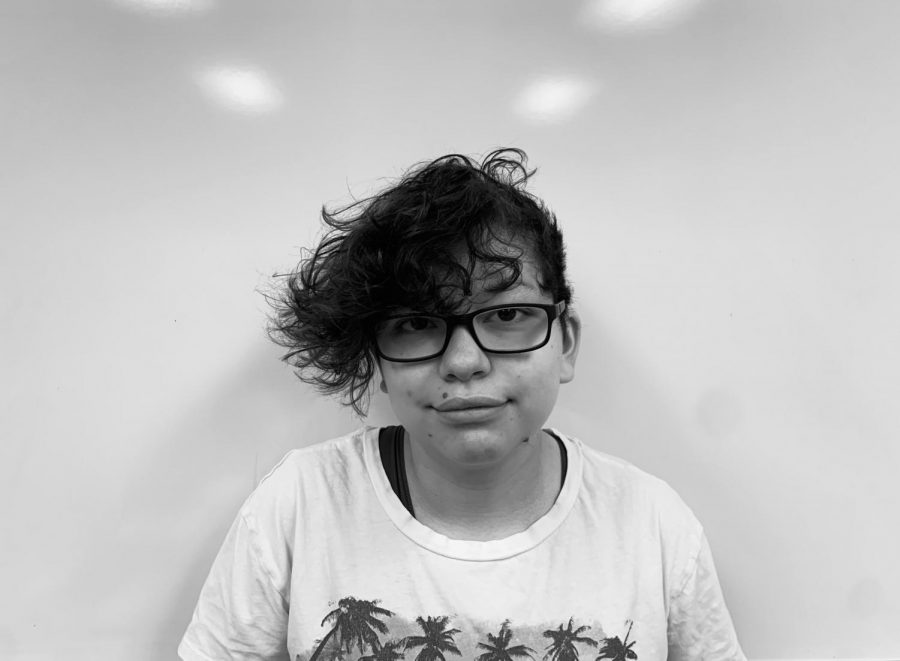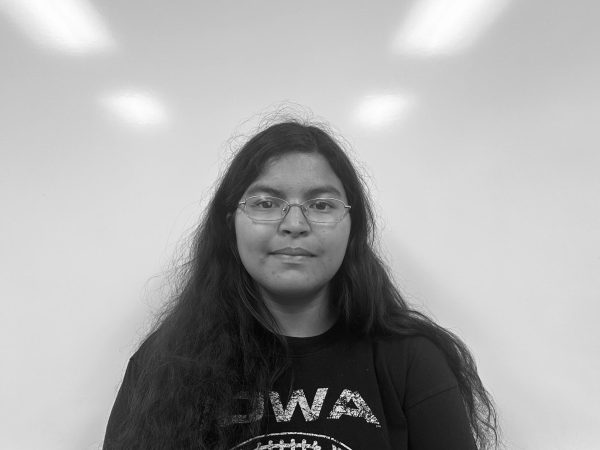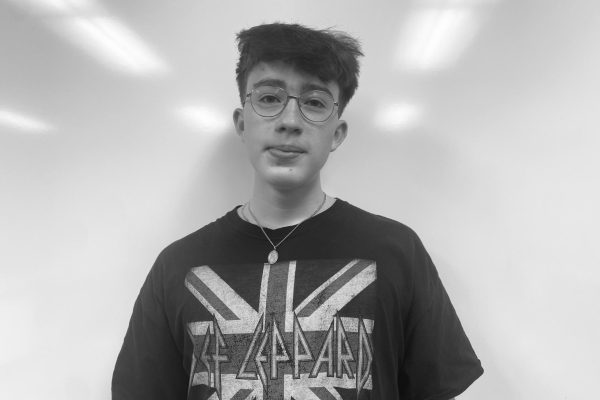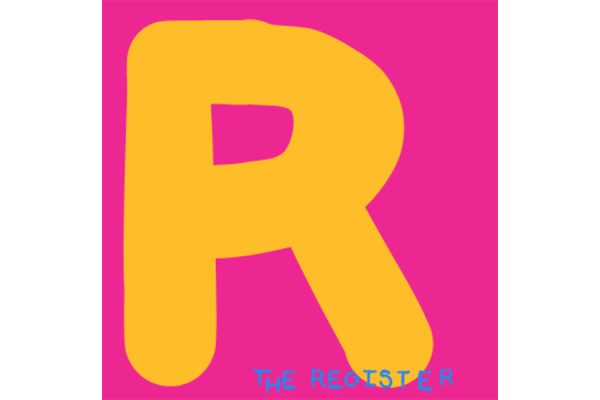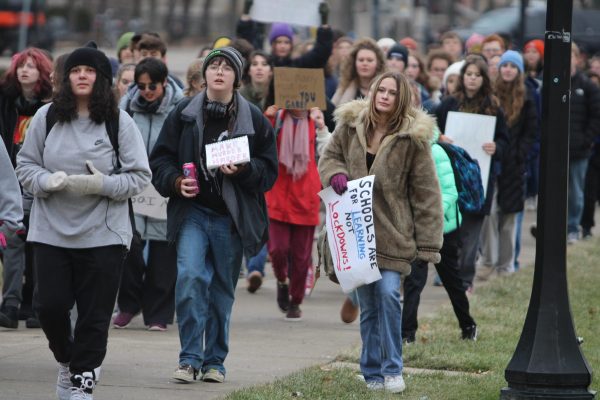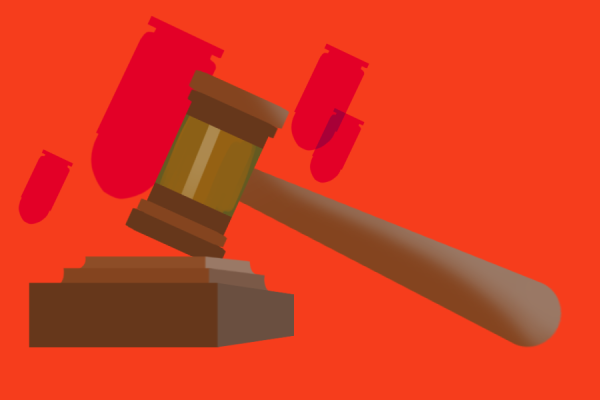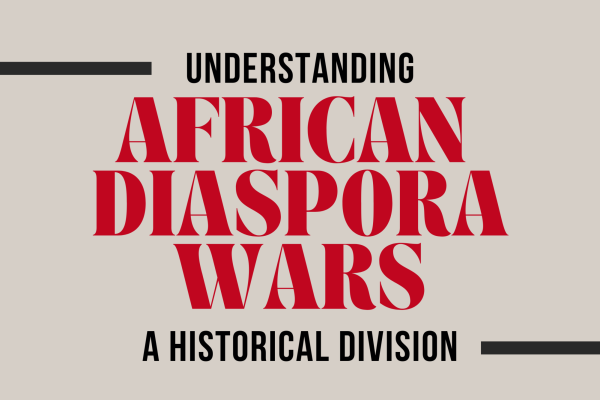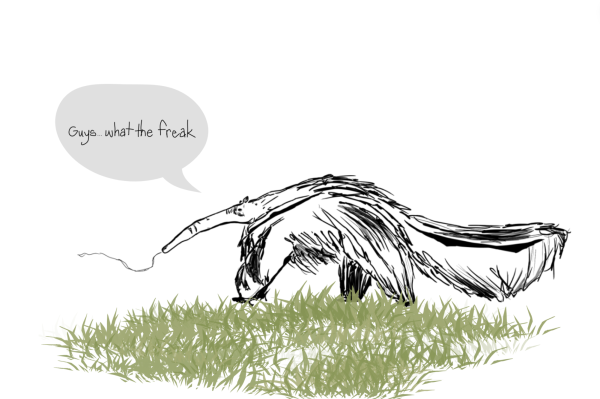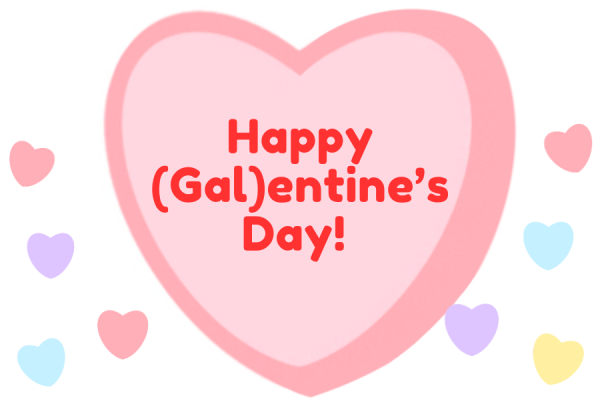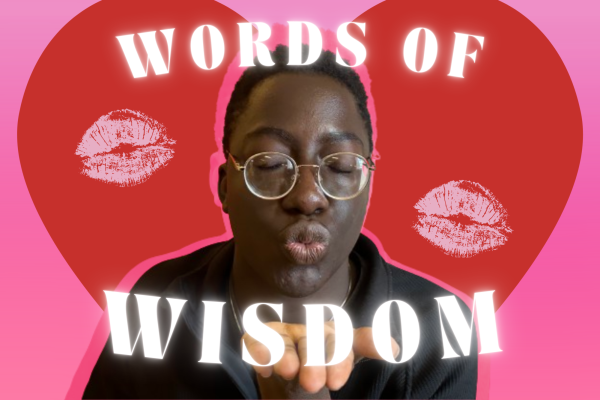Autism Acceptance Month: Quick Facts
April 6, 2022
April is Autism Acceptance Month, which was originally established as Autism Acceptance Day by Paula C. Durbin-Westby and Autism Awareness Month by the United Nations to advocate for acceptance, support, and to promote a positive perception of autistic individuals.
Autism acceptance is about inclusion, support, and diversity. Autism acceptance is ensuring that autistic voices are heard, even when not communicating in traditional ways such as using sign language, communication boards, and text-to-speech devices.
It also includes intersectionality; BIPOC autistic people, queer autistic people, and physically disabled autistic people all have different experiences and needs. Anti-racism is a key part of autism acceptance. The overlap between these communities is significant, and cannot be ignored, as autism can look different for different types of people.
When supporting autism acceptance, it’s important to acknowledge what is not autism acceptance. One movement often is mistaken for autism acceptance is the person first language movement. This movement erroneously claims that autism can be separated from a person. This is incredibly invalidating, and is often used as an excuse to not accommodate autistic individuals. Additionally, those who advocate for using person first language often claim that it’s a reminder that autistic people are people. However, this fails to recognize that ‘autistic person’ still means ‘person’.
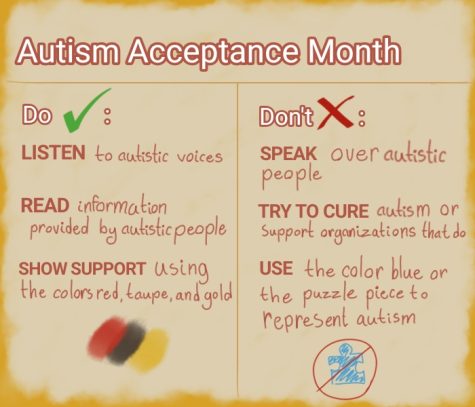
Symbols to avoid when showing support for autism awareness include the puzzle piece, the puzzle piece ribbon, and the color light blue. These are all used heavily by Autism Speaks, an organization led by mainly non-autistic people. Only 1% of their budget goes to supporting autistic people’s families, compared to 48% of their budget going towards “awareness”. Autism Speaks’ awareness initiative is the same one that made the flagrantly hateful commercial “I am Autism”, in which autism is compared to cancer, AIDS, and diabetes.
Non-autistic led autism organizations such as Autism Speaks often use April to promote agendas that do not support autistic individuals. So-called “cures” for autism, institutionalization and Applied Behavioral Analysis (ABA) are actively harmful to autistic people, and any organization which supports them is not part of the autistic community, and should not be included in autism acceptance. These organizations are not to be trusted to support or care for autistic people. A good rule to follow when supporting autism acceptance is ‘Nothing about us without us’. If the organization is not led by autistic people, it probably doesn’t keep the goals of the autistic community in mind.
Symbols that show support of autism acceptance include the rainbow or gold infinity sign, and the colors red, taupe, and gold. These are commonly seen as the hashtags #RedInstead, #ToneItDownTaupe, and #LightItUpGold. All of these were created by autistic people with other autistic people in mind.
The Autistic Self-Advocacy Network (ASAN) has much more information about autism acceptance, including a short book about the autistic community. They also have a page listing resources for learning more about autism in general.





























